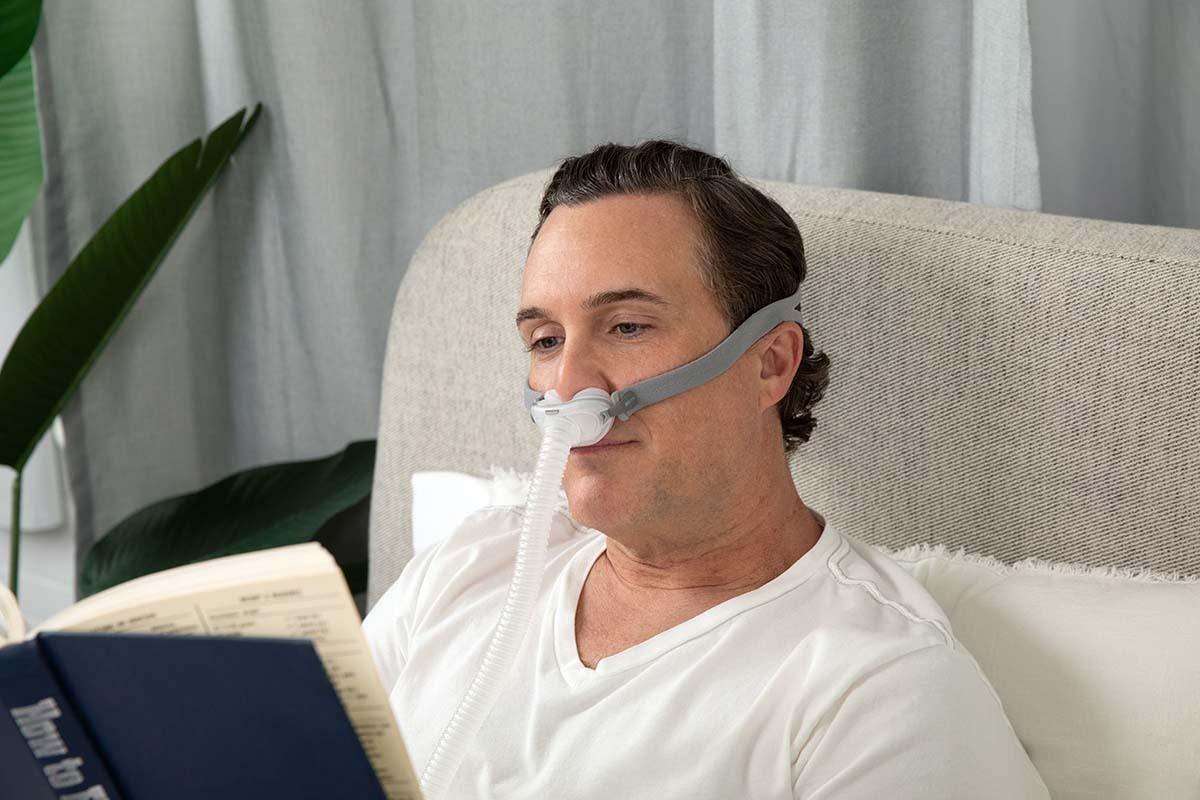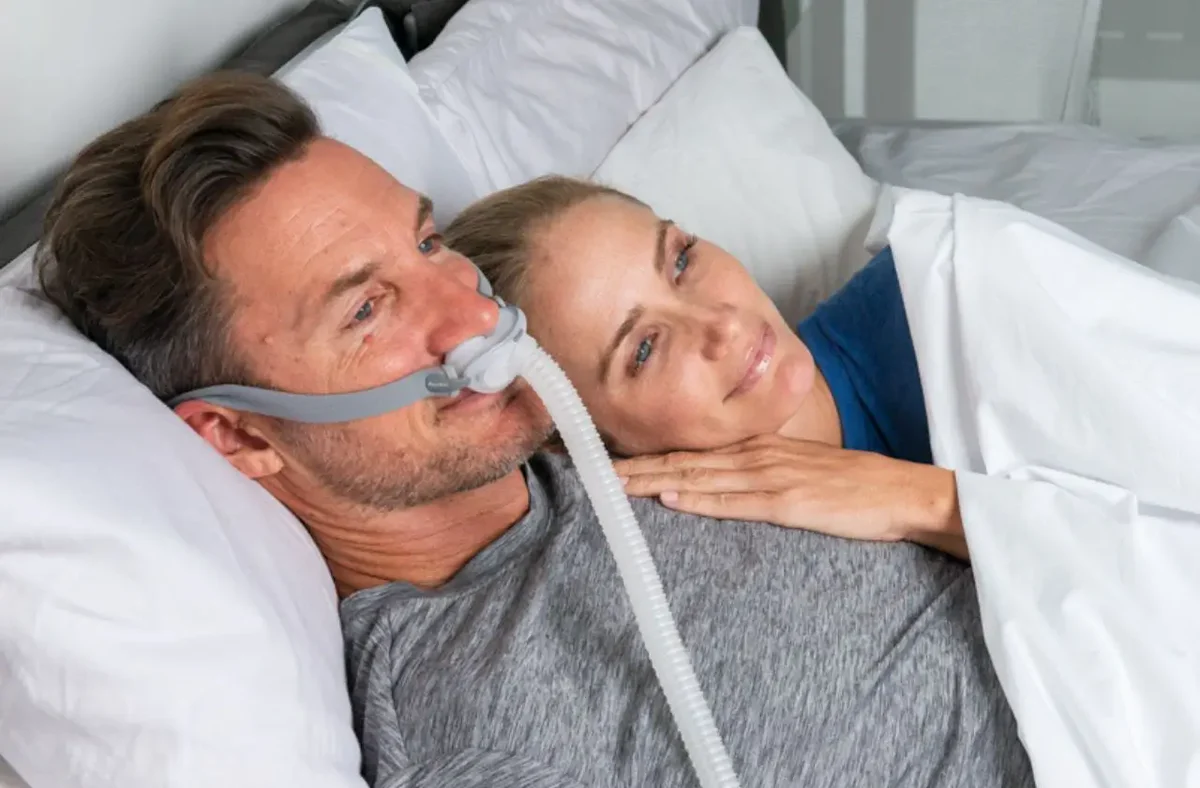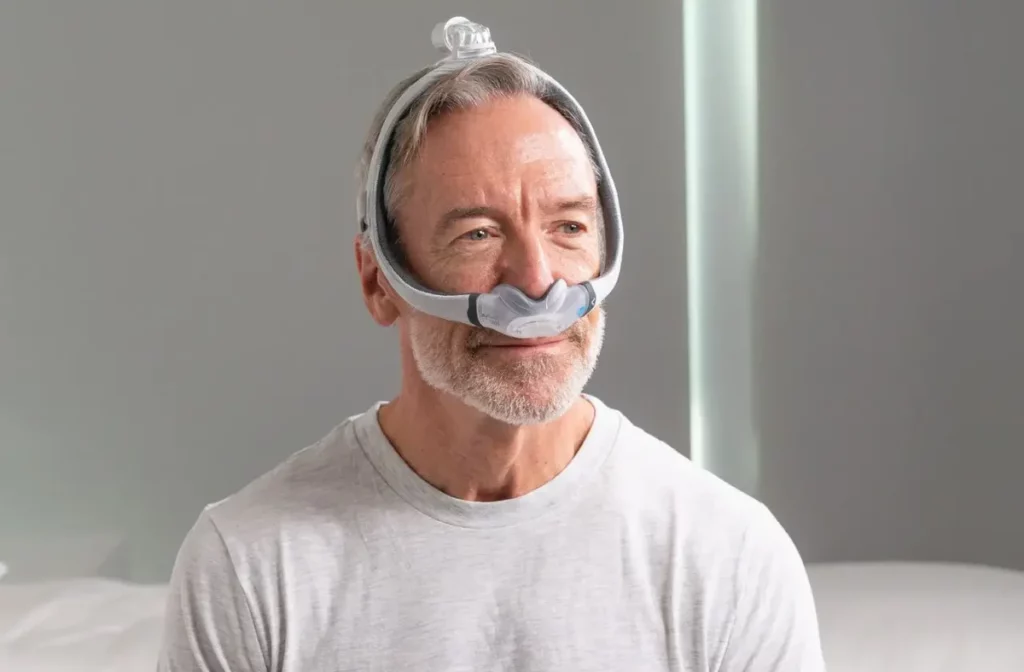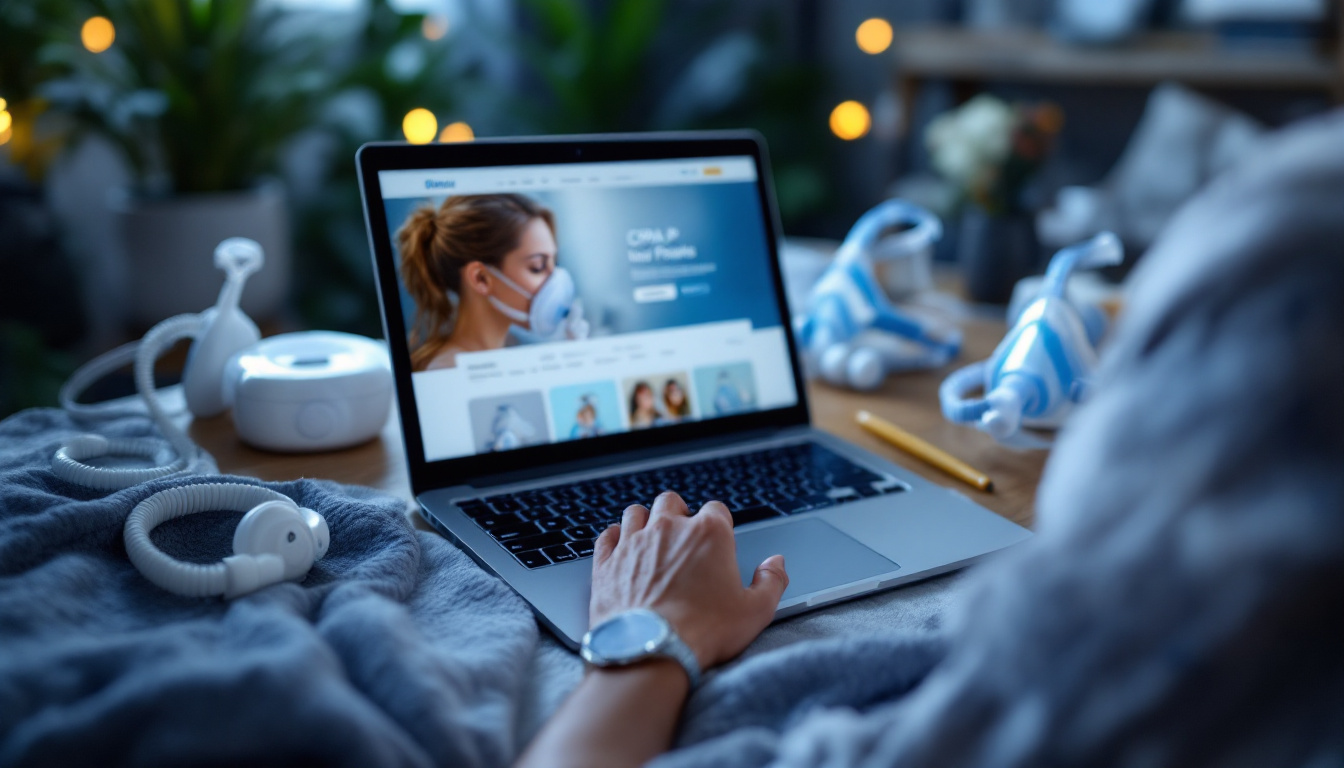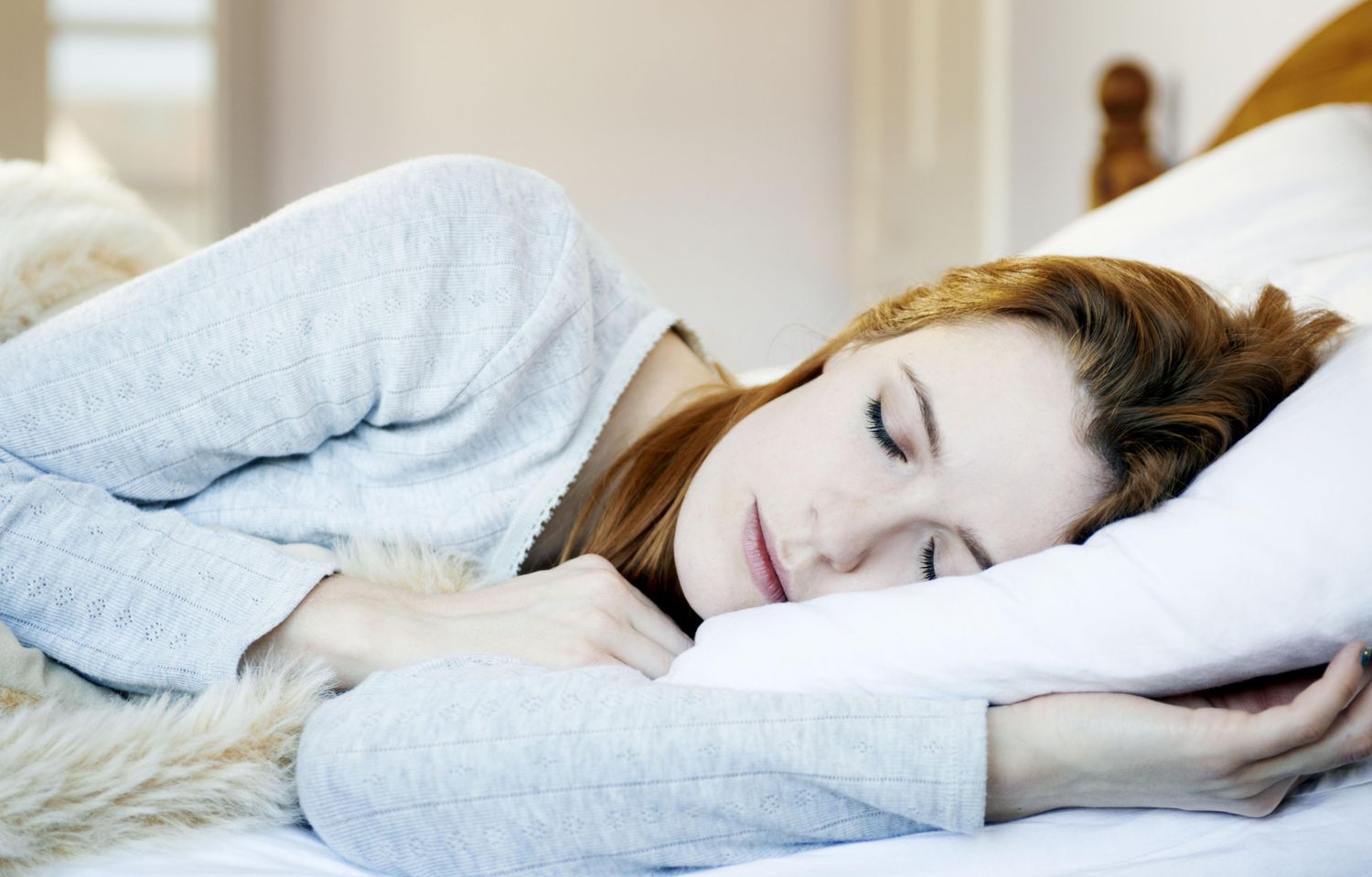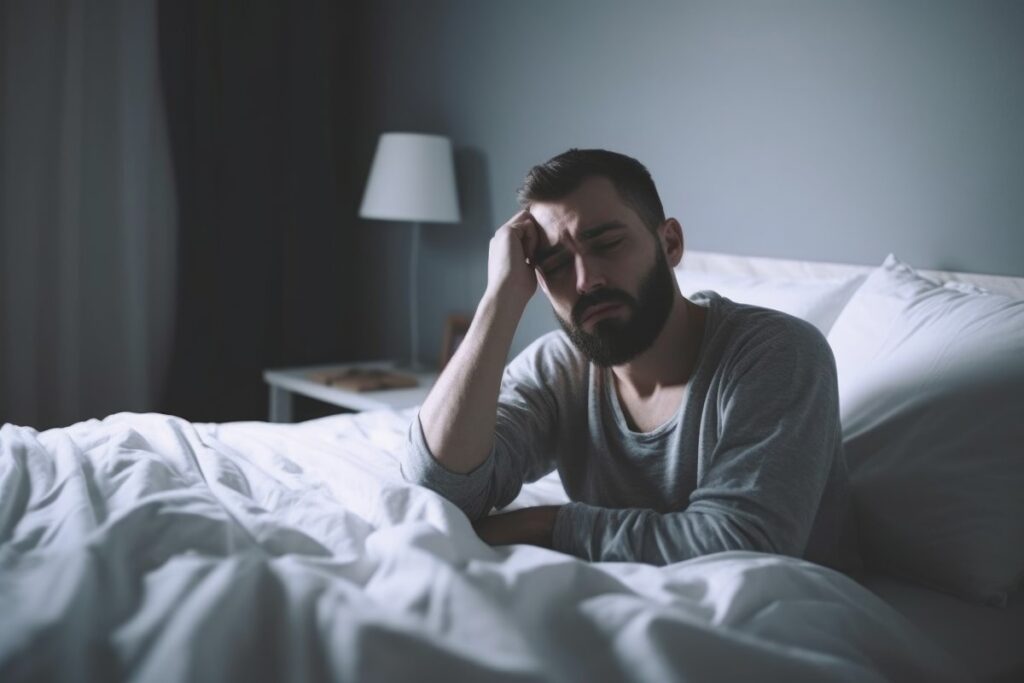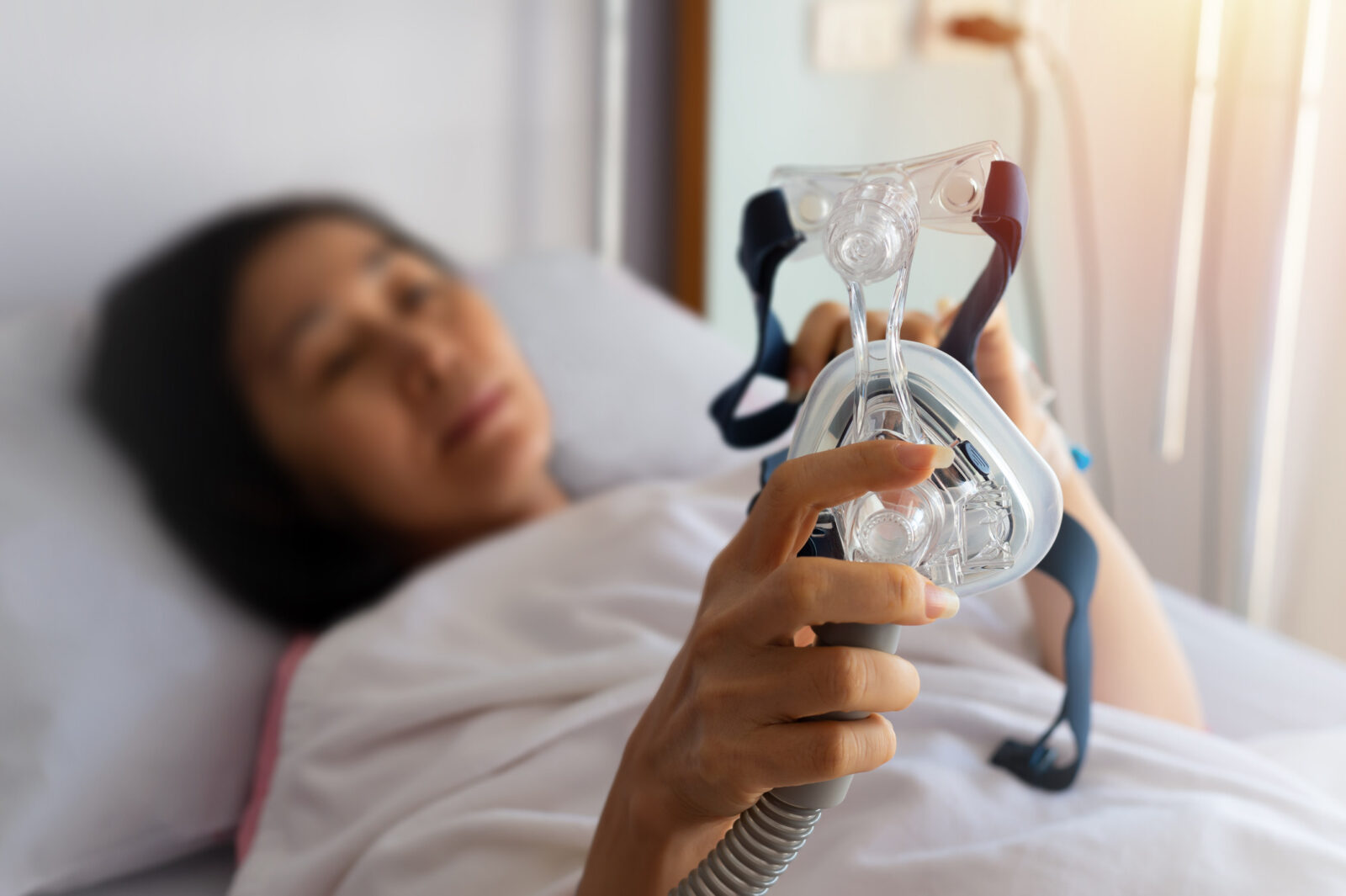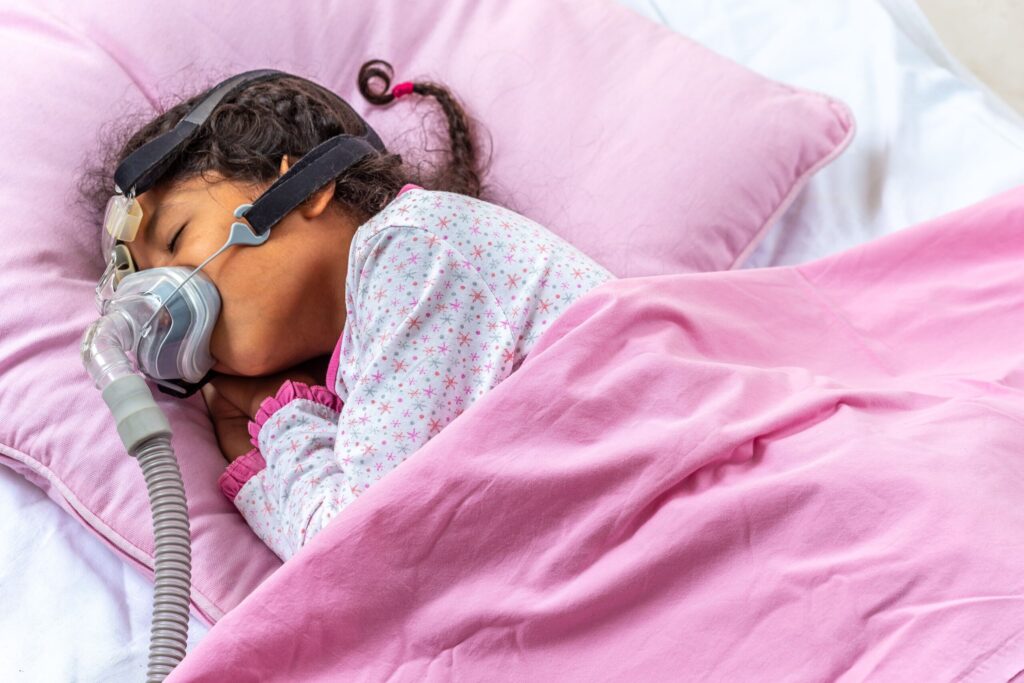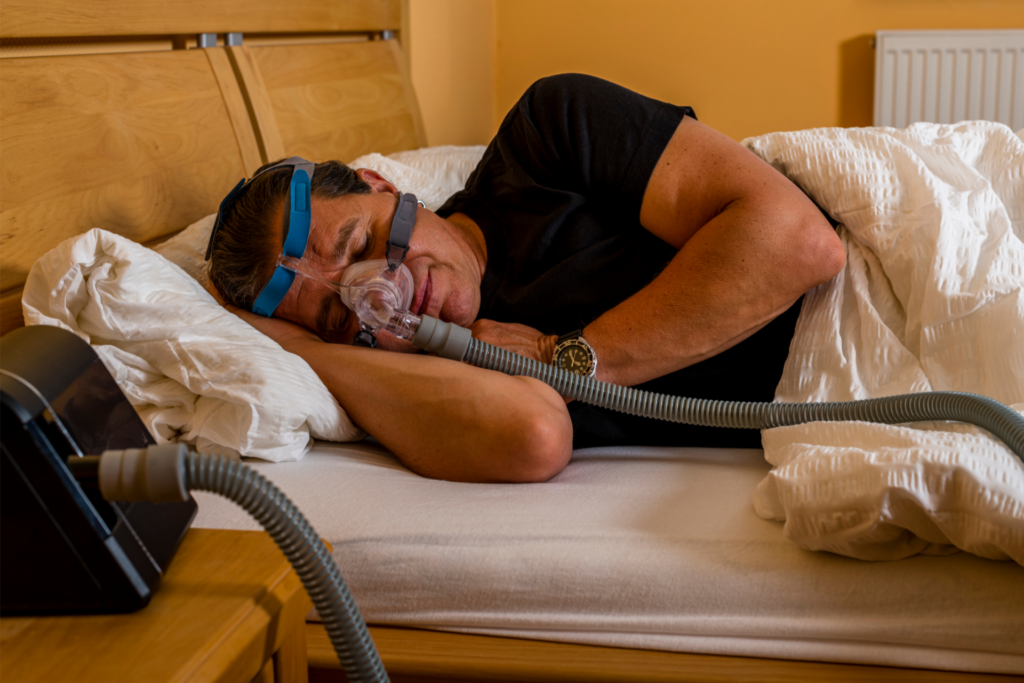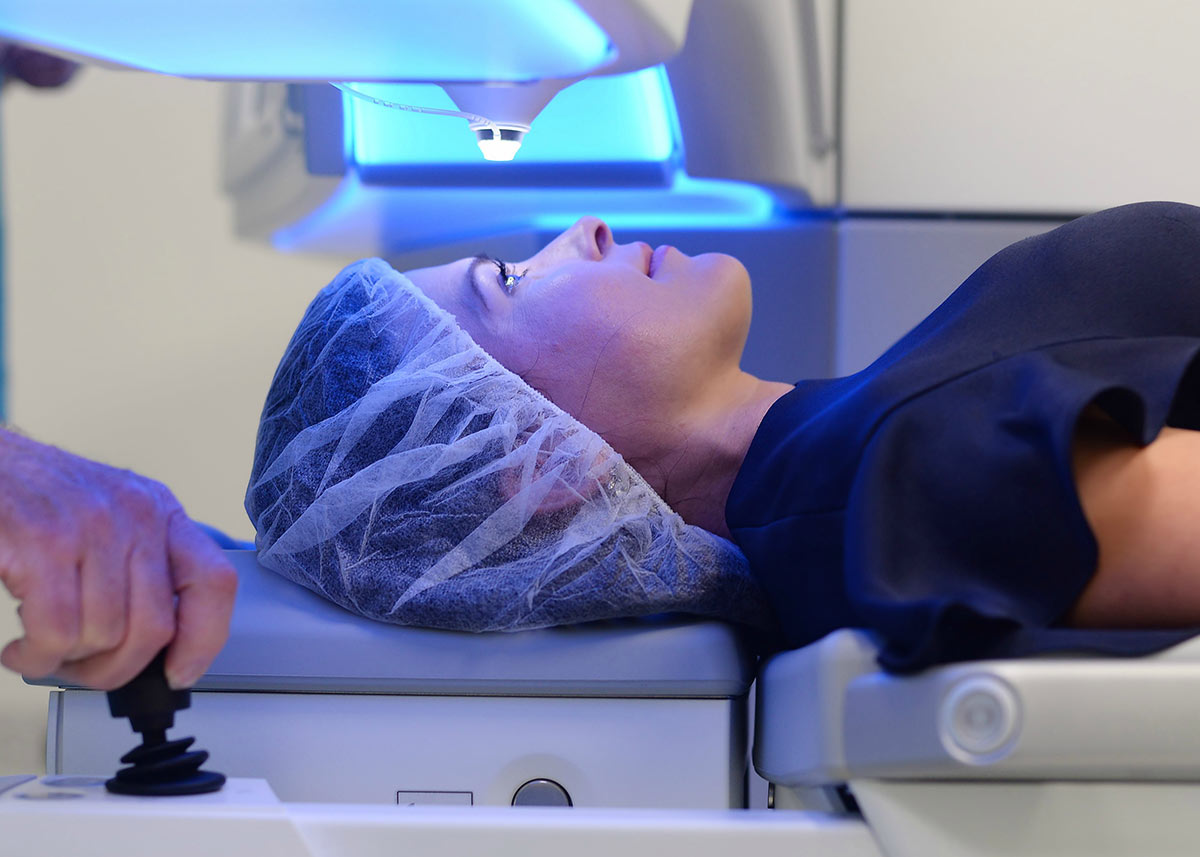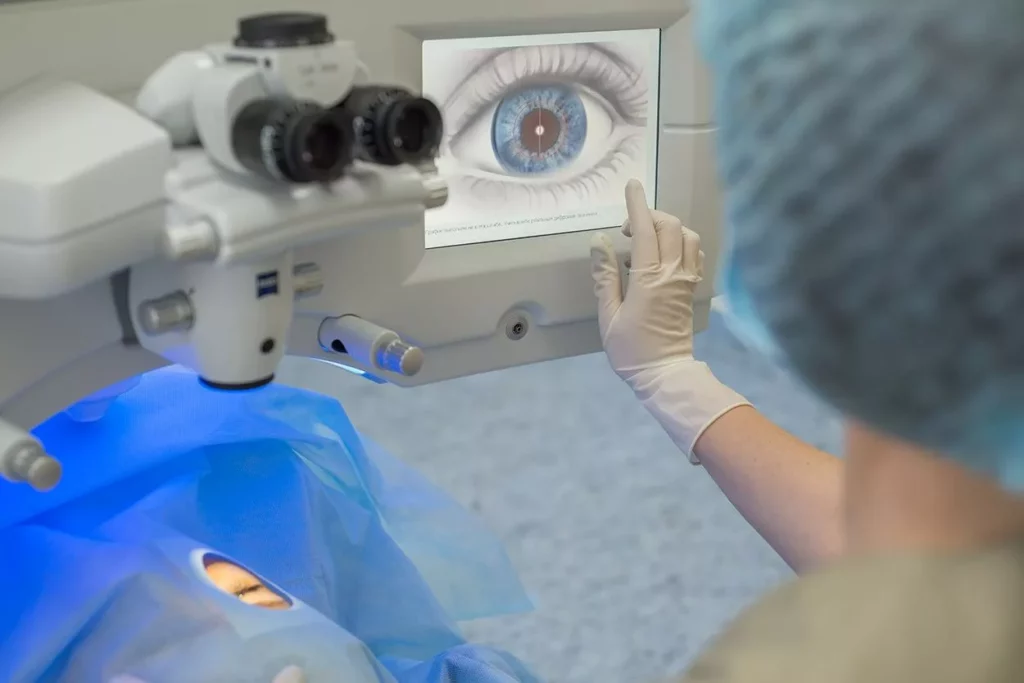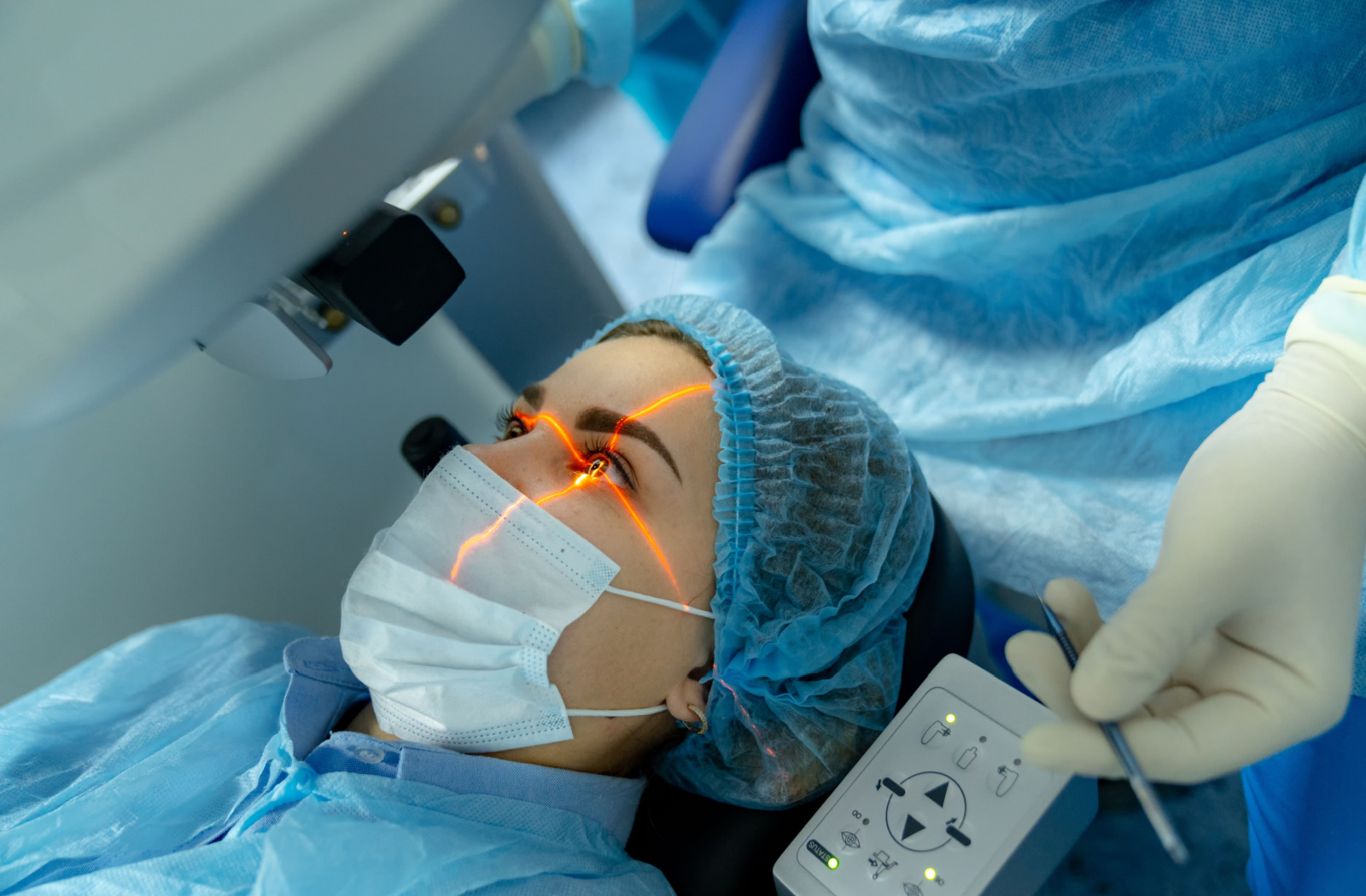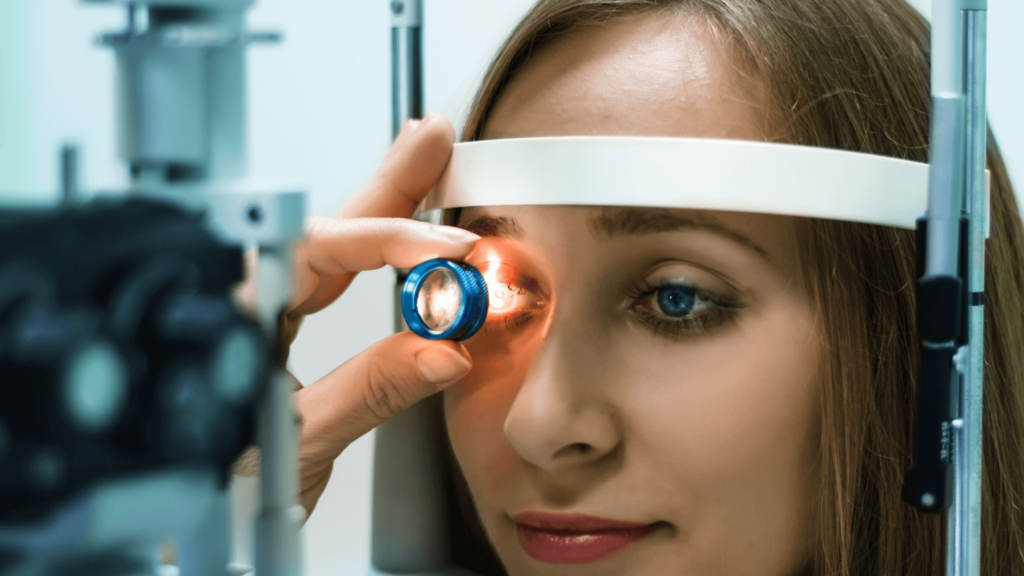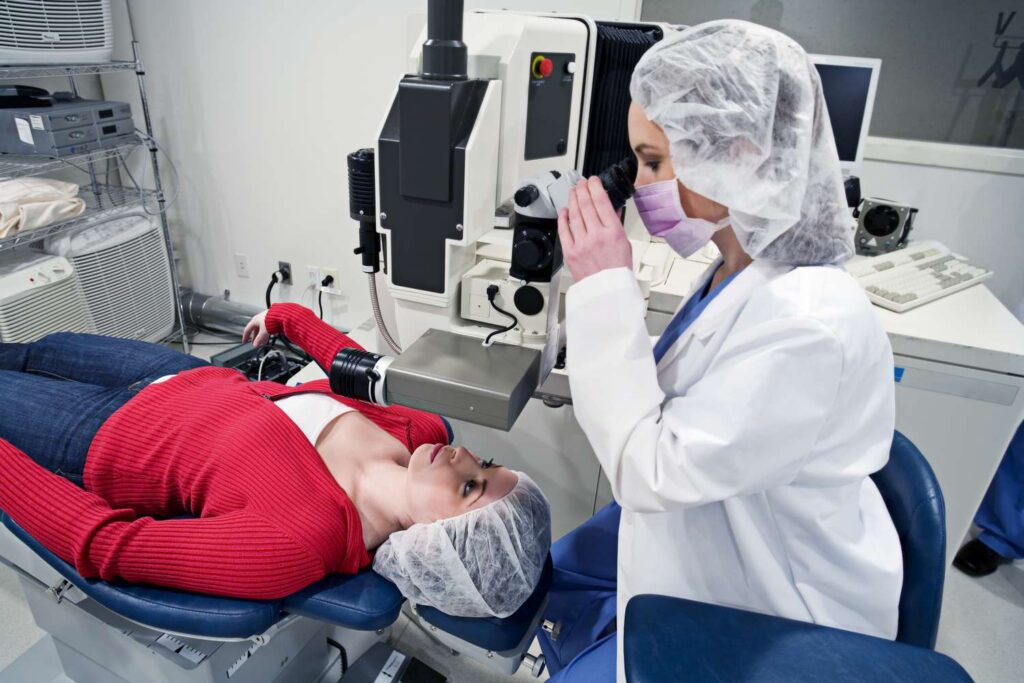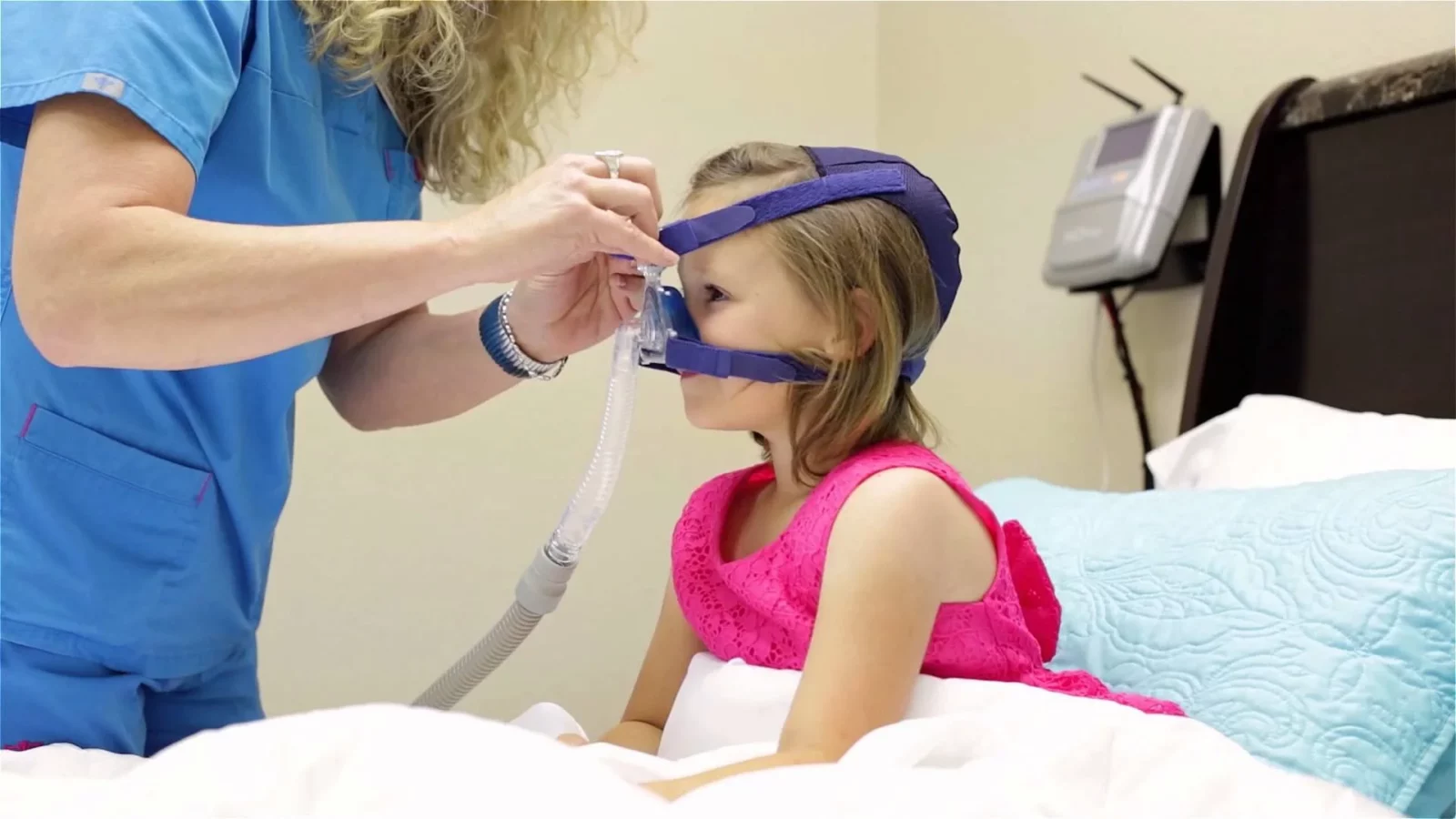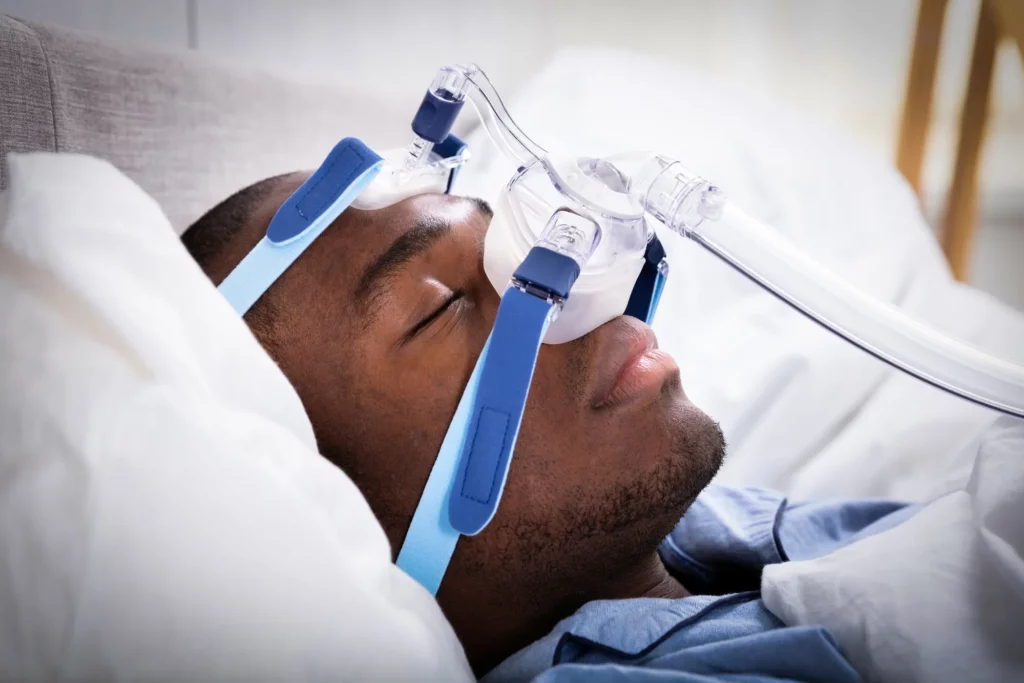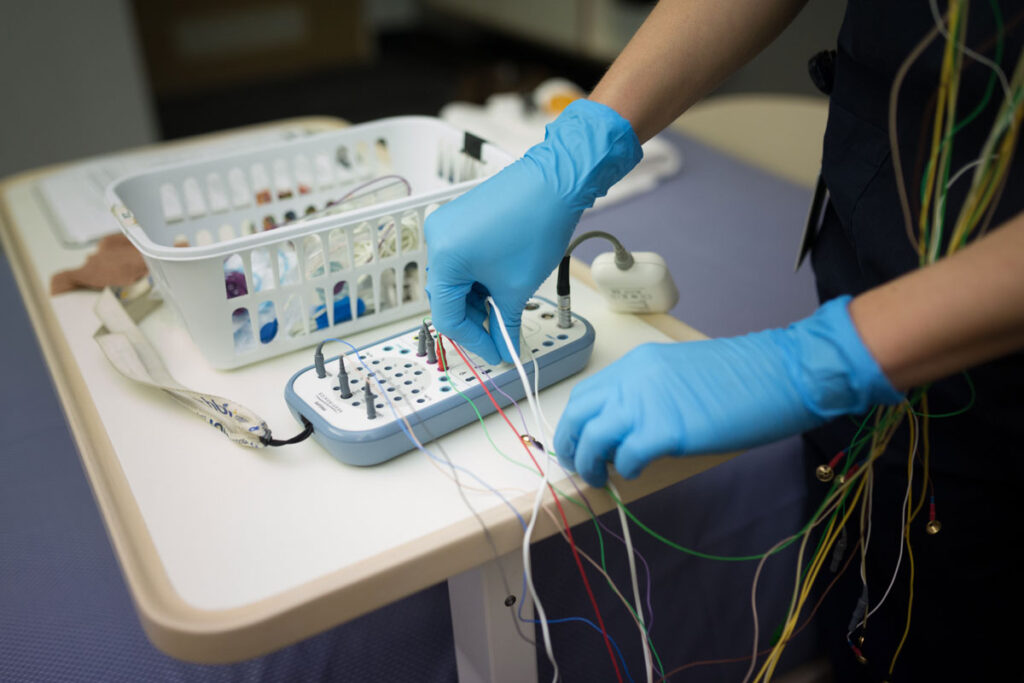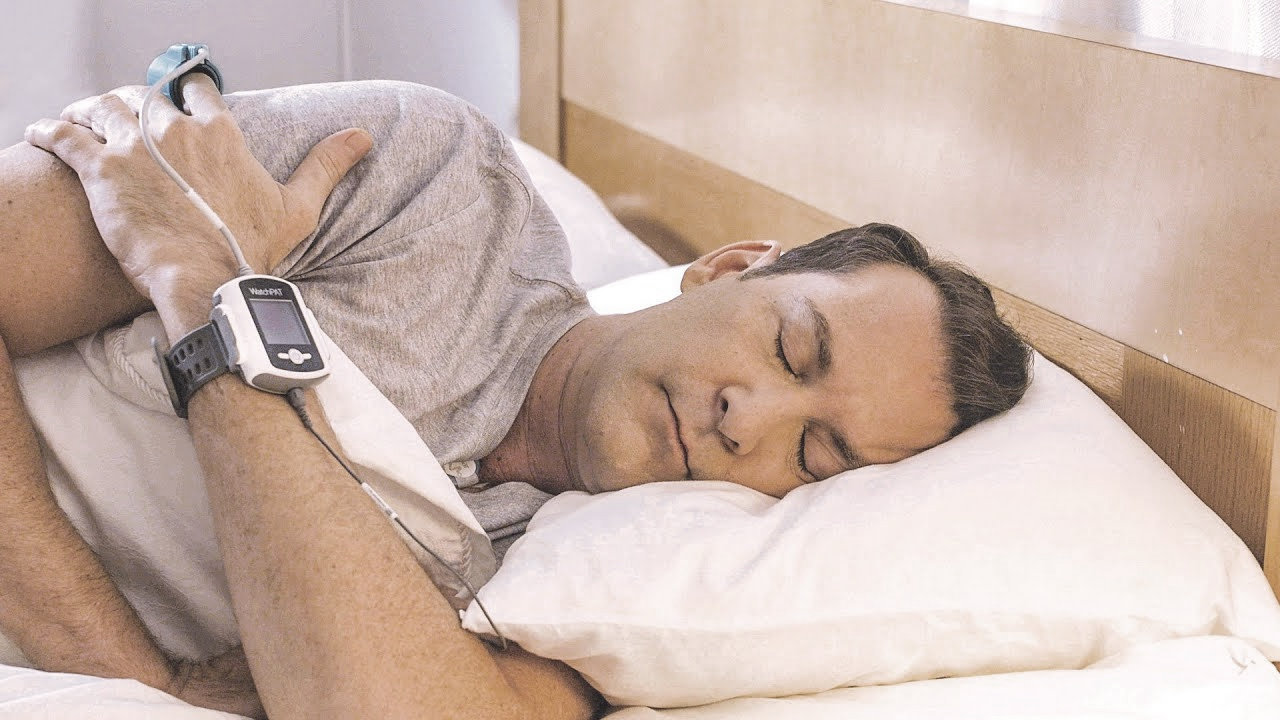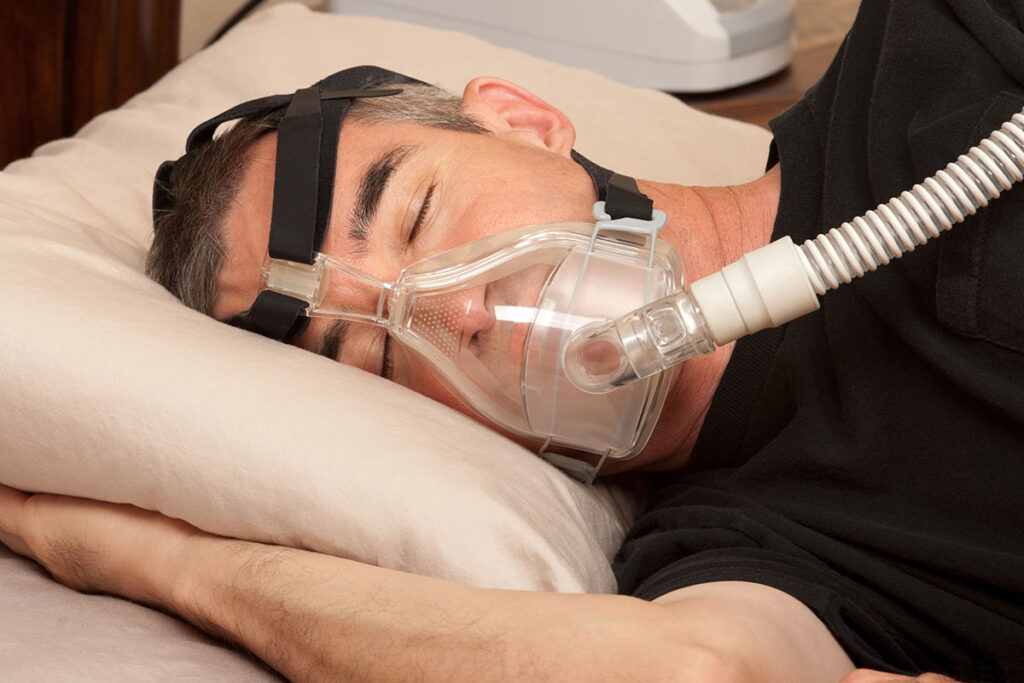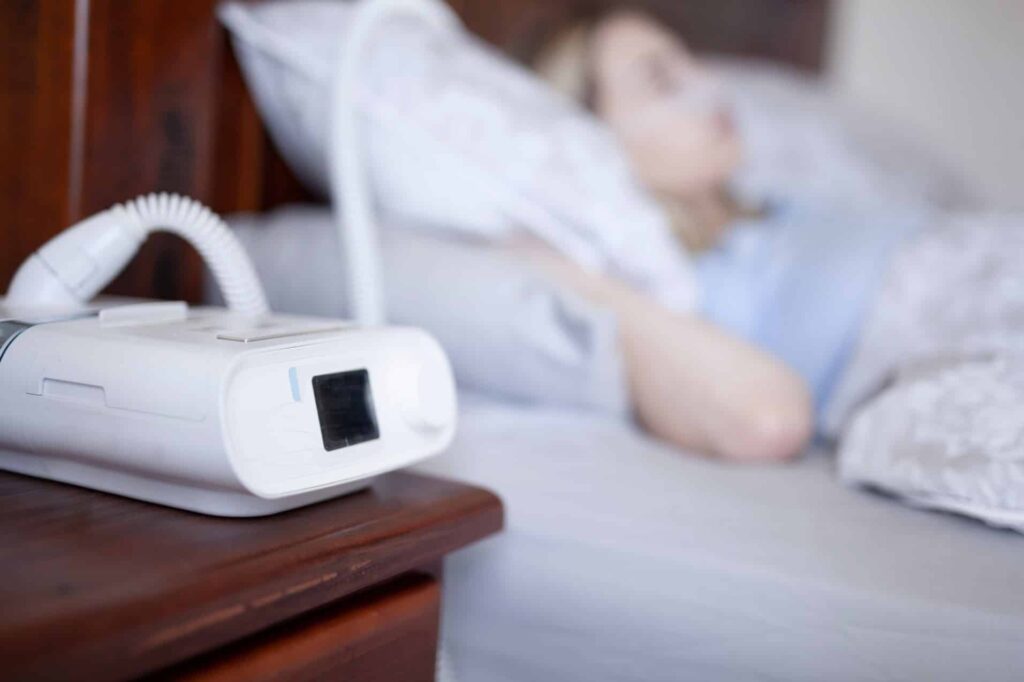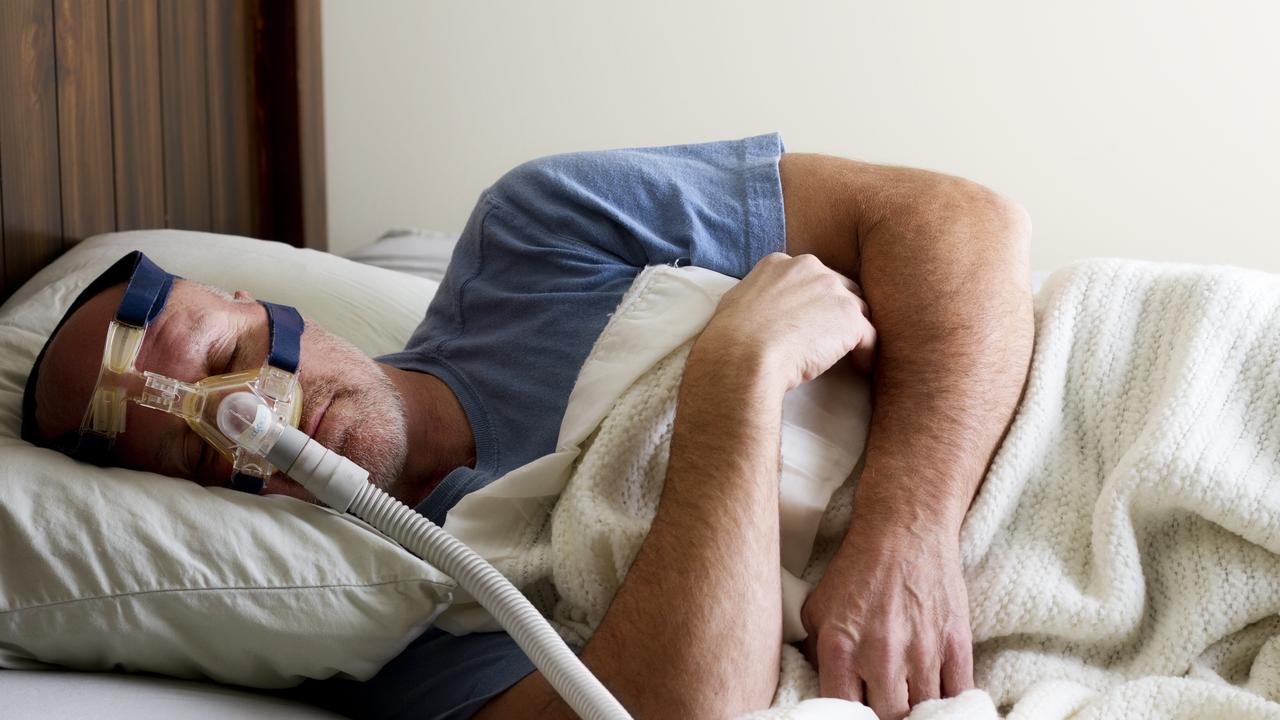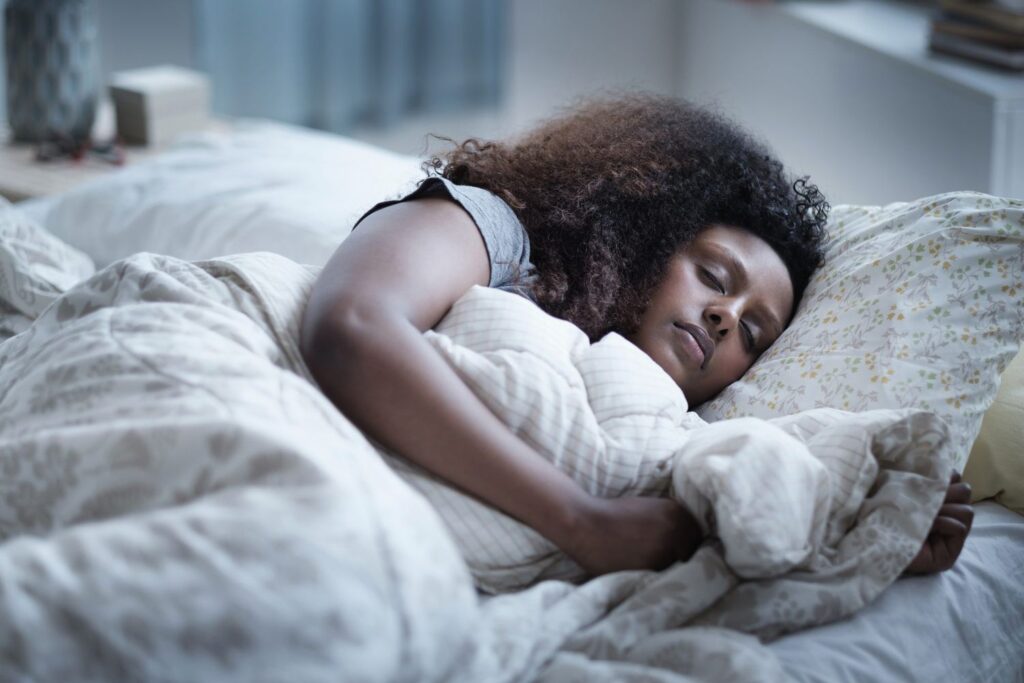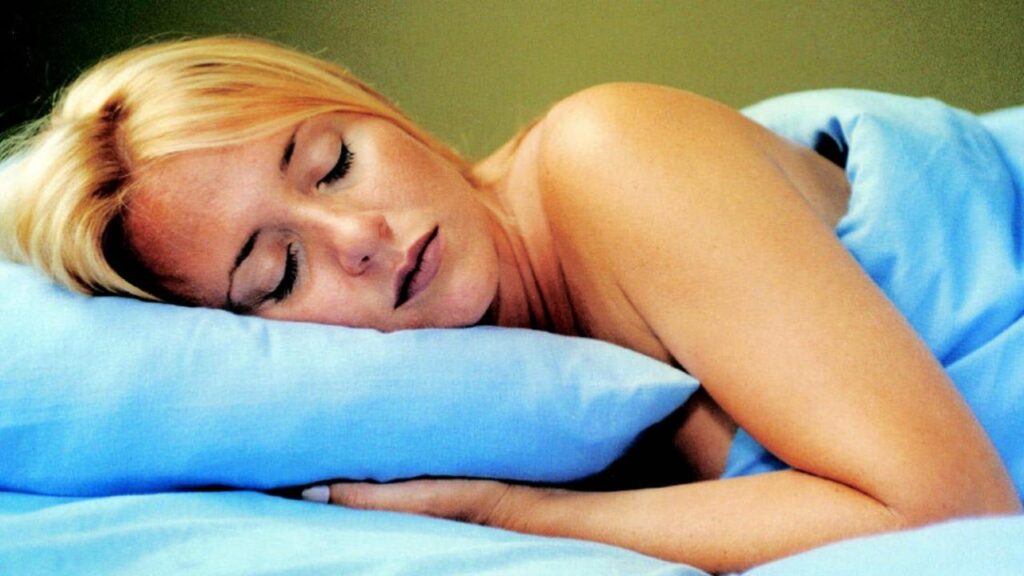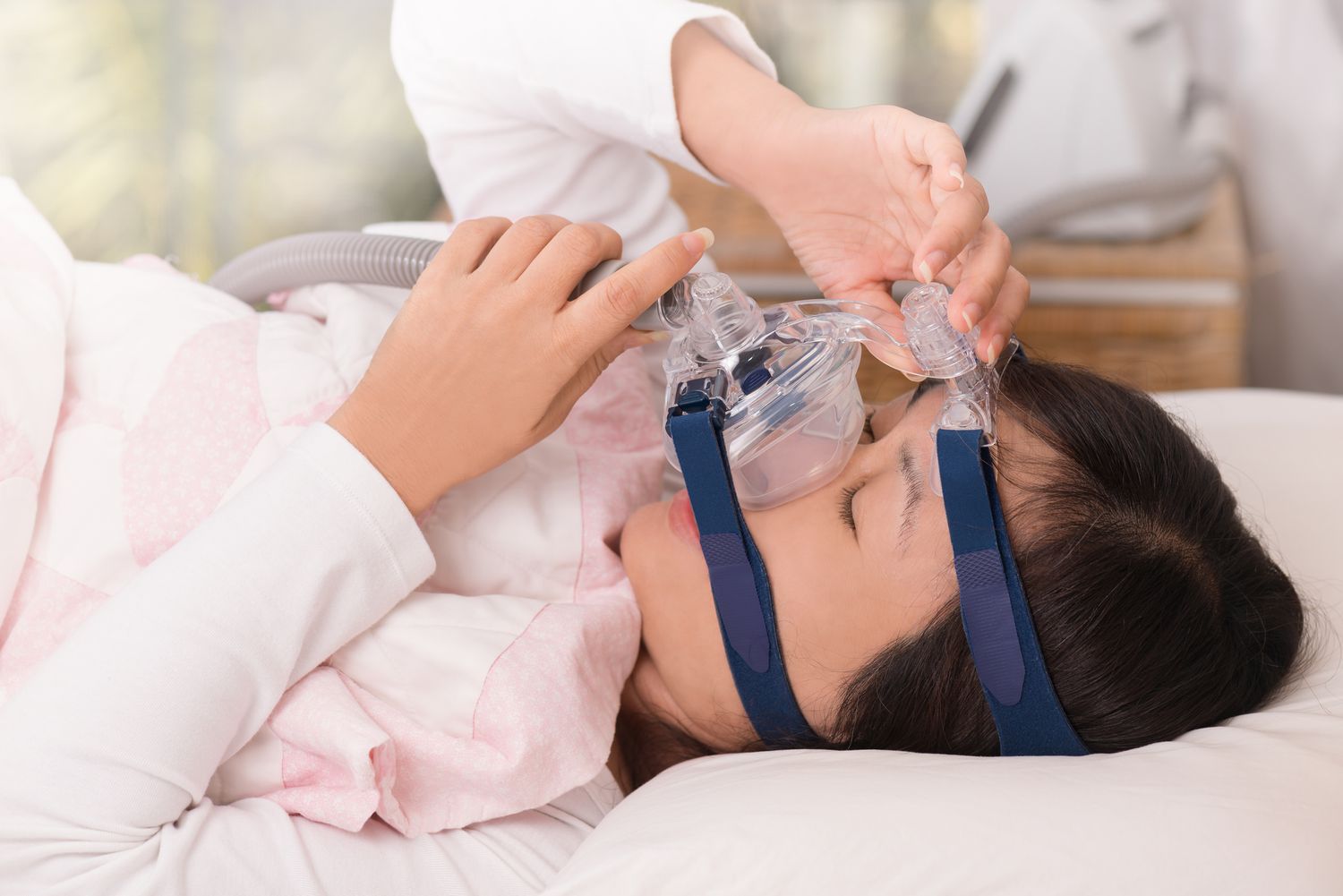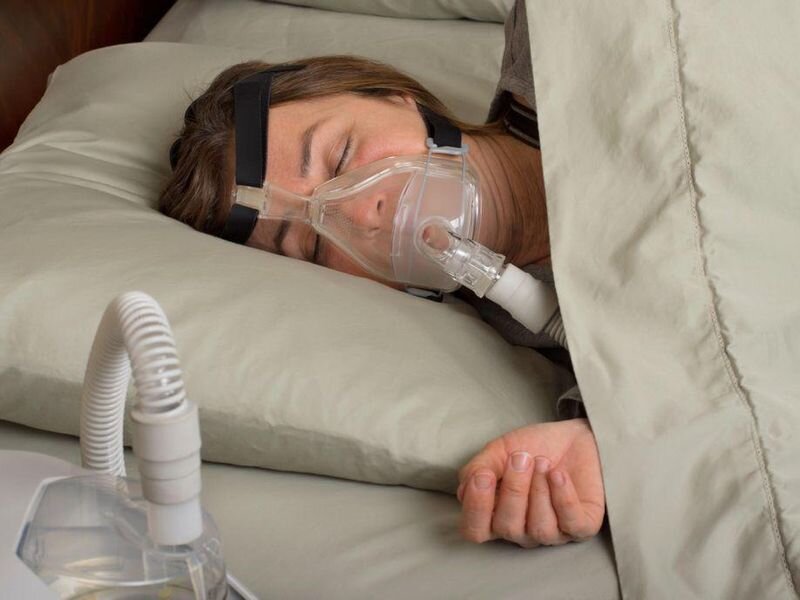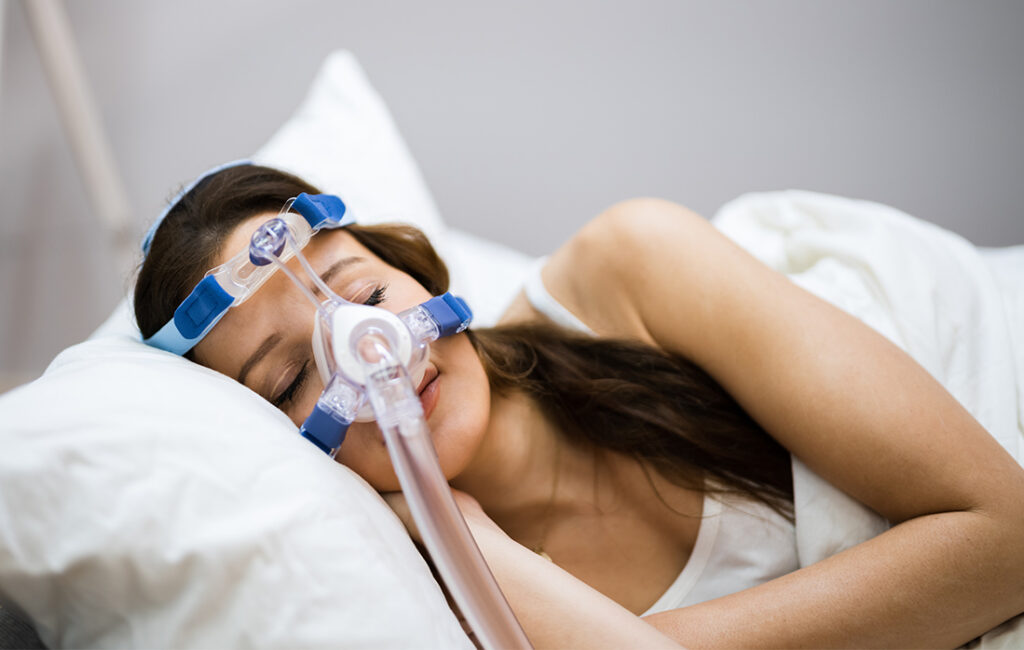Choosing the right CPAP mask is a critical part of managing sleep apnea effectively. The variety of options available can be overwhelming, but understanding the significance of a well-fitting mask can lead you to make an informed decision. This guide will help you grasp the importance of a good CPAP mask, review the different types available, and provide helpful tips for selection and maintenance.
Understanding the Importance of a Good CPAP Mask
CPAP therapy, or Continuous Positive Airway Pressure, is an effective way to treat sleep apnea. However, its effectiveness largely depends on the quality of the mask used during therapy. A proper mask ensures that the air pressure delivered by the machine effectively prevents airway obstruction during sleep.
A mask that does not fit well can lead to discomfort, air leaks, and inconsistent therapy. Using the best cpap mask helps maintain a steady airflow, allowing for better sleep quality and overall health improvement. Hence, understanding the role of CPAP masks is essential for any patient relying on this treatment.
In addition to comfort and fit, the material of the mask plays a significant role in the overall experience of CPAP therapy. Masks are available in various materials, including silicone, gel, and foam, each offering different levels of comfort and skin compatibility. For patients with sensitive skin or allergies, selecting a hypoallergenic mask can prevent irritation and enhance the overall experience. Furthermore, the design of the mask—whether nasal, full-face, or nasal pillow—can also influence how effectively it delivers air pressure and how comfortable it feels during sleep.
The Role of CPAP Masks in Sleep Apnea Treatment
CPAP masks play a crucial role in delivering the prescribed air pressure to keep the airway open. They effectively prevent snoring and reduce the nighttime frequency of apnea events. A good mask enhances compliance—how often and how well patients adhere to their treatment regimen.
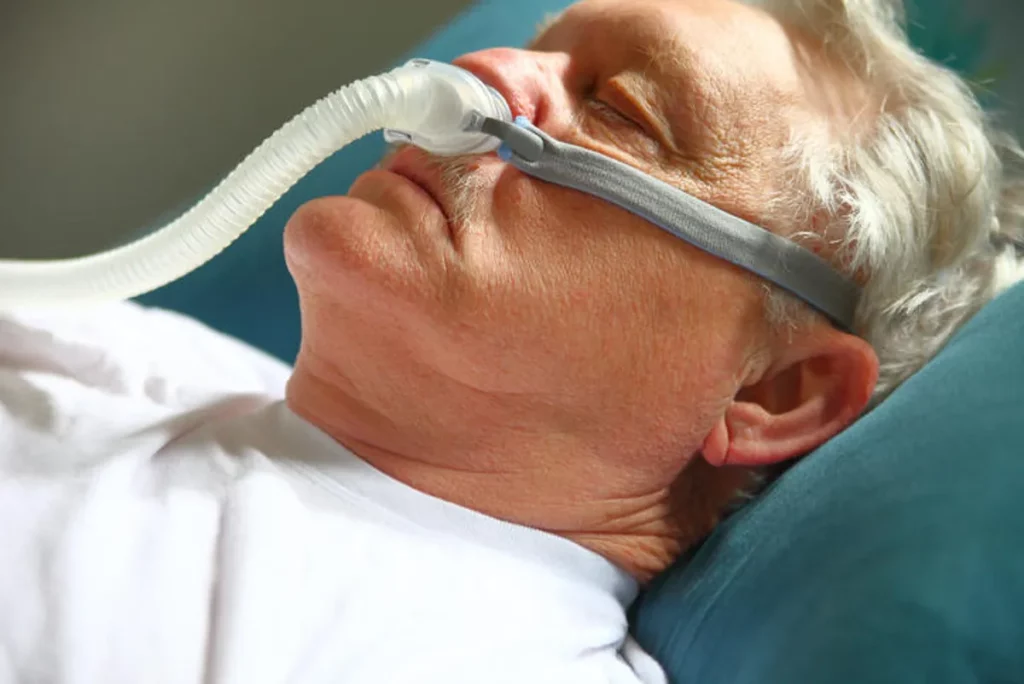
Moreover, utilizing a mask designed specifically for your needs can significantly improve the comfort level. When users feel comfortable and confident while using their CPAP, they are more likely to continue with therapy, which can ultimately lead to better health outcomes. Many manufacturers now offer a range of options, including adjustable headgear and customizable features, allowing users to tailor the mask to their unique facial structure and sleeping positions. This level of personalization can be a game changer for those who have struggled with traditional mask designs.
Health Implications of Using the Wrong CPAP Mask
Using a mask that doesn’t fit properly can result in various health issues. A poorly fitting mask may cause skin irritation, facial soreness, and even leaky air, defeating the purpose of therapy altogether. Additionally, chronic air leaks can lead to increased daytime sleepiness, mood disturbances, and diminished cognitive performance.
Ultimately, the right mask not only alleviates sleep apnea symptoms but also contributes to a better quality of life. Therefore, it is essential to invest the time and effort required to find a mask that suits individual needs. Regular follow-ups with healthcare providers can help assess mask fit and comfort, ensuring that patients are receiving the maximum benefit from their CPAP therapy. Moreover, utilizing mask cleaning solutions and maintenance routines can prolong the life of the mask and ensure optimal performance, further enhancing the effectiveness of the treatment.
Different Types of CPAP Masks
With a plethora of options available, understanding the different types of CPAP masks can help simplify your selection process. The primary categories through which CPAP masks are classified include full face masks, nasal masks, and nasal pillow masks—each designed to meet different patient preferences and requirements.
Full Face CPAP Masks
Full face masks cover both the nose and mouth, making them an excellent choice for patients who breathe through their mouth during sleep or for those requiring higher pressure settings. They provide a stable seal and are generally well-tolerated by most users. Read more about pressure on https://www.me.psu.edu/cimbala/Learning/Fluid/Pressure/pressure_basics.htm
However, they can be bulkier and may feel less comfortable for some. It is crucial to ensure the fit is secure yet comfortable to allow for optimal therapy without discomfort during the night.
Nasal CPAP Masks
Nasal masks cover just the nose and are a popular choice for those who naturally breathe through their nasal passages. They are typically smaller and less obtrusive than full face masks, making them a preferred option for many users.
Individuals with congestion or allergies might find nasal masks a challenge, as sinus problems can lead to discomfort or ineffective pressure delivery. Users should consider their breathing patterns when selecting this type of mask.
Nasal Pillow CPAP Masks
Nasal pillow masks consist of a lightweight nasal cushion that fits directly into the nostrils. They are designed for users who favor a minimalistic feel and those who may feel claustrophobic with full face or traditional nasal masks.
This style is also beneficial for those who tend to sleep on their sides, as its streamlined design reduces the likelihood of mask displacement. However, nasal pillows may not be suitable for patients who require higher levels of pressure or those who frequently breathe through their mouths.
Factors to Consider When Choosing a CPAP Mask
Selecting the best CPAP mask involves several considerations to ensure a successful therapy experience. Evaluating comfort and fit, sleep position, and breathing style can help you make the most informed choice. Below are essential factors to keep in mind.
Comfort and Fit
Comfort is paramount, as an uncomfortable mask can lead to non-compliance with therapy. Look for padding and the adjustability of straps that can help create the best fit for your facial structure. Taking the time to try various sizes and styles can make a significant difference in your overall experience with CPAP therapy.
Additionally, look for masks that offer features such as quick-release mechanisms, which can make it easier to take off your mask without fumbling in the middle of the night. Proper ventilation is also important to enhance comfort, particularly for those sensitive to exhaled air. To find more about ventilation click here.
Your Sleep Position
Your preferred sleep position greatly influences the best type of CPAP mask. Side sleepers may benefit more from nasal pillow or nasal masks, as they are less likely to disrupt airflow during sleep. In contrast, back sleepers might find better success with full face masks or other designs that provide ample support.
Test various options while lying in your preferred position to determine which mask feels most comfortable. Remember, the goal is to promote restful and uninterrupted sleep.
Your Breathing Style
Understanding your breathing style is crucial in choosing a CPAP mask. Individuals who are mouth breathers should consider full face masks, while those who primarily breathe through their nose may find nasal masks or nasal pillow masks more suitable.
Breath patterns can also change with illnesses or conditions such as allergies, so it’s wise to revisit your mask choice periodically. Before finalizing your decision, evaluate how your breathing style influences your comfort and effectiveness with CPAP therapy.
How to Properly Fit a CPAP Mask
Once you have decided on the appropriate type of mask, proper fitting becomes the next critical step. An improperly fitted mask can hinder the effects of CPAP therapy and lead to discomfort. Here’s how to ensure your mask fits correctly.
Measuring for Size
Most CPAP masks come with size charts that can guide you on selecting the right size. Measure the width and height of your nose or face using a soft measuring tape. Many manufacturers provide templates that can also assist in determining the appropriate size for you.
If possible, consult with a healthcare professional at a sleep clinic or medical supply store; they can offer insights into which mask works best for your particular facial structure.
Adjusting for Comfort
Once you’ve selected a mask, it is essential to adjust the headgear straps to achieve a snug yet comfortable fit. Tightening straps too much can cause discomfort, while an overly loose mask may lead to air leaks. Spend some time adjusting the mask while lying in a position you typically sleep in to ensure optimal comfort.
It may take a few nights to fine-tune the adjustments, so be patient as you discover what feels best while maintaining effective therapy.
Maintaining and Cleaning Your CPAP Mask
Caring for your CPAP mask is crucial not only for hygiene but also for extending the lifespan of the equipment. Establishing a consistent cleaning routine helps reduce the build-up of bacteria and ensures that your device operates effectively.
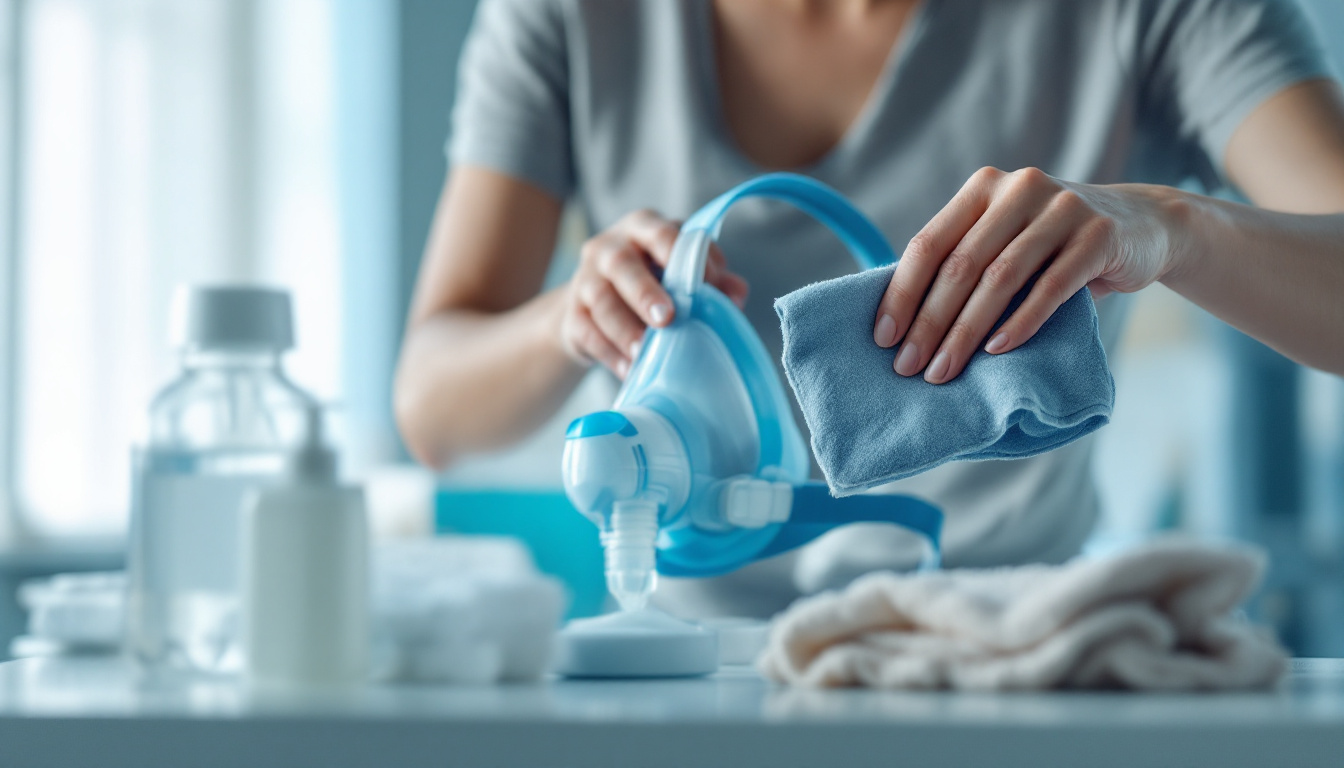
Daily Cleaning Routine
Daily maintenance involves rinsing the mask in warm water and using mild soap without fragrances or harsh chemicals. Carefully scrub any visible areas, especially around the cushions that make contact with your skin. After rinsing, allow the mask to air dry away from direct sunlight to maintain its integrity.
Once dry, you should check for any signs of wear or tear regularly. Early detection of damage can prevent further issues in the long run.
Weekly Deep Cleaning
In addition to a daily cleaning routine, it is advisable …

